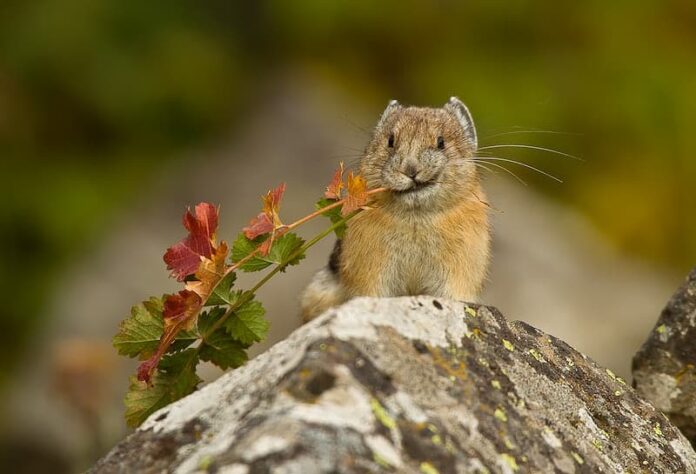Looking like a crossbreed between a chinchilla and a rabbit, a pika is the closest relative to hares and rabbits. This is why people also call them mouse hare and rock rabbit, another nickname is whistling hare for their high-pitched meep alarm call. Not many people know about pikas which is why we are here today to learn a few things about them.
1Appearance
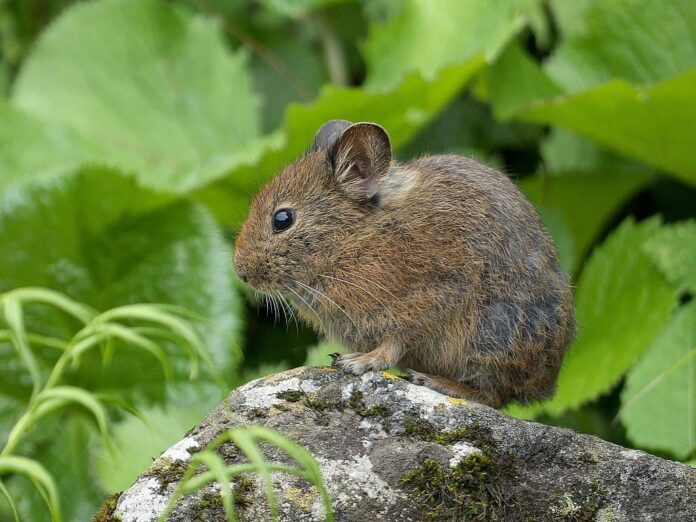
Pikas are small mammals with rounded ears and long whiskers, but they don’t have visible tails at all. As for their bodies, it is egg-shaped with a light brown and gray dense coat with tiny hind legs. The thick fur helps them to stay warm where they live during the winter months. At the same time, the fur will thin out as the hot weather starts so that pikas won’t get too hot. While the dark color of the coat allows them to blend in with rocks which are their natural surroundings. Since pikas are small, their size is usually between 15 and 23 centimeters (5.9 and 9.1 inches).
2Behavior
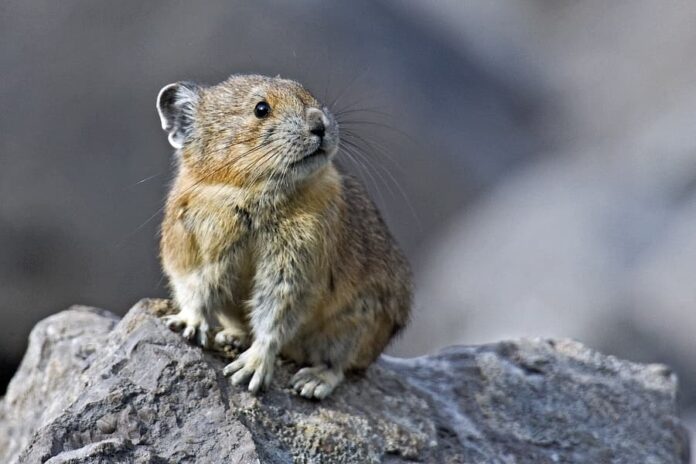
Pikas live in colonies as part of protection from predators, and they communicate using scent-marking and vocalizations. Each colony lives in different areas, and these little fluffy animals are very territorial despite their cute size. Even if they live together in a group, each individual is also very territorial of their own rock dens and surrounding areas. Members in the colony will be less territorial only during the breeding season which is in spring and summer.
Small but vocal, pikas can bark, chirp, scream, sing, and more when it comes to defending their territory. Plus with their high-pitch and squeaky noise, pikas can easily alert the members of predators or invaders nearby. They spend some time defending their territory, looking out for predators, and protecting their food. Pikas will bark or give short calls if they are scared or if they want to warn other pikas of danger.
3Feeding & Habitat
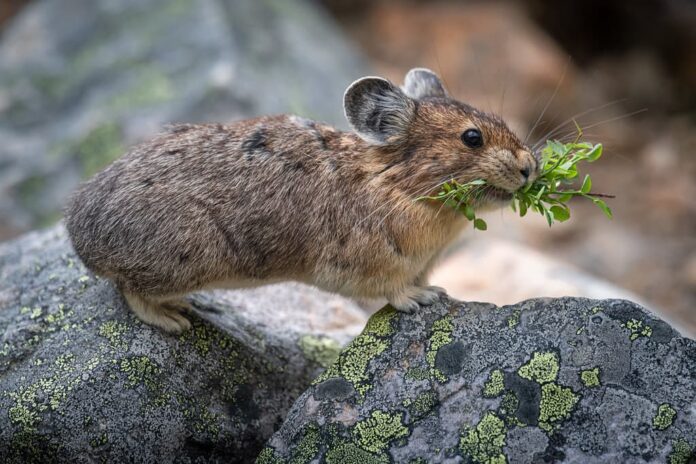
Pikas are herbivores, so their meal consists of a wide range of plant matter such as grasses, moss, edges, etc. Apart from finding food, pikas also collect and store flowers, leaves, grasses, and plants during summer. Then they dry what they collect in hay piles before keeping that dried vegetation under rocks for safekeeping. Those are for winter because they don’t hibernate. Just like rabbits, pikas will produce soft green feces after eating which they eat again to take in further nutrition.
Most pika species live at high altitudes, and you can find them in Asia, Europe, and North America. These mini rabbits are rock dwellers, and they often live on cliffs and high in mountains where the temperature is cool. Pikas are found at the interface between meadows and open rocky terrain where they can find food and live. The thing is that they require cold temperatures to live, and they are susceptible to heat. Pikas can die if exposed to temperatures above 25.5 degrees Celsius (77.9 degrees Fahrenheit) for 30 minutes or more.
4Predators & Threats
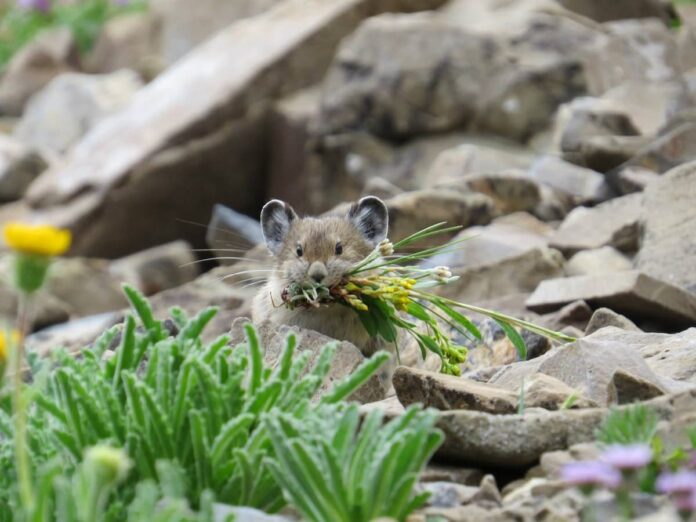
Small animals usually have a lot of predators, and so are pikas. Their most common predators are weasels who often venture into their territory. When that happens, they will alert the others and remain quiet to avoid being detected until the weasel leaves. Besides weasels, their other common predators are birds of prey, cats, coyotes, dogs, eagles, and foxes.
Climate change is the main threat to their population in the meantime. As we mentioned, pikas cannot survive hot weather although many pika species shift their habitat higher up in the mountains. The thing is that pikas are already alpine dwellers, so it seems that there is no higher territory to escape to. There used to be 29 pika species, and there are now only 11 of them. Just like polar bears, pikas are in danger of becoming extinct if the world keeps on getting hotter.
Related Post: Facts About Wombats

